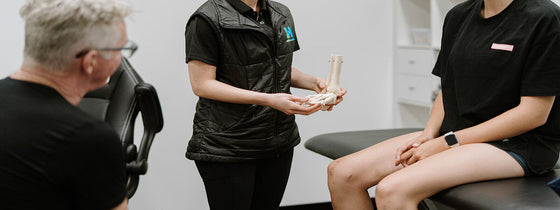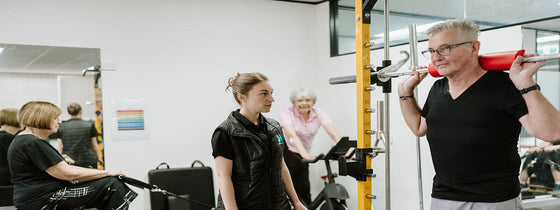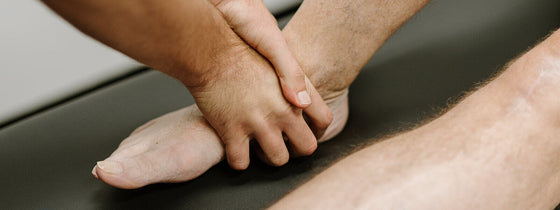Have you, or someone you know, ever been restricted with lower back pain?
It’s far more common than you’d think. Around 80% of the population experience low back pain at some stage of their life.
Generally, low back pain is associated with lifting a heavy object while bending forward, resulting in a sharp, shooting pain down their back, or legs. This pain can be persistent and, at times, unrelenting.
Although back pain is often caused by a physical process, it can continue to be impacted by biological, psychological AND social aspects of a person’s life – making it hard to get back to pain-free health on your own.
Low back pain is commonly caused by a combination of factors. Often, an awkward lifting or bending position can be aggravated by some weakness in the core and glutes, resulting in pain. That pain can be a sign of sudden injury to the muscles or ligaments that support the back, in the form of a strain, tear or spasm.
Sometimes, low back pain can be caused by other structures in the back – such as a disc or facet joint. Pain can also be a symptom associated with fractures due to osteoporosis. Complications with your organs may be the source of your pain, as could kidney or spinal infections.
At the Optimal Health Lab, we find the best management of musculoskeletal low back pain includes a combination of pain education, postural refinement, taping and, most importantly, exercise-based therapy. This therapy is often focussed on building strength in your core, glutes and hamstrings. We work to improve overall posture in order to elevate your strength, power and ability to lift items with ease.
We may also use manual therapies, such as massage and mobilisation, to help manage painful symptoms and get you back to the top of your game.
While low back pain may seem like an inevitable part of life, we’re fortunate that most cases can be easily treated by physiotherapists.
If you are struggling to manage low back pain, our team of health professionals will set you on the road to recovery, ensuring a pain-free return to your everyday life, as soon as possible.
If you're experiencing back or neck pain with neurological signs and symptoms, a thorough neurological examination is crucial for accurate assessment and effective treatment. In this Optimal Tip learn more about what we mean by completing a neurological exam!

Squats, deadlifts, and calf raises are key movement patterns that should be part of every strength and conditioning program—regardless of age and activity level. These functional movements support joint health, improve posture and balance, and reduce the risk of injury while building strength where it matters most.

A ganglion cyst is a fluid-filled swelling that typically forms over a joint or tendon sheath, causing discomfort and pain, especially when pressing against nerves or joints. Proper assessment and treatment, including physiotherapy, are essential for managing symptoms and improving function in the presence of a ganglion in your hand, foot, or wrist.